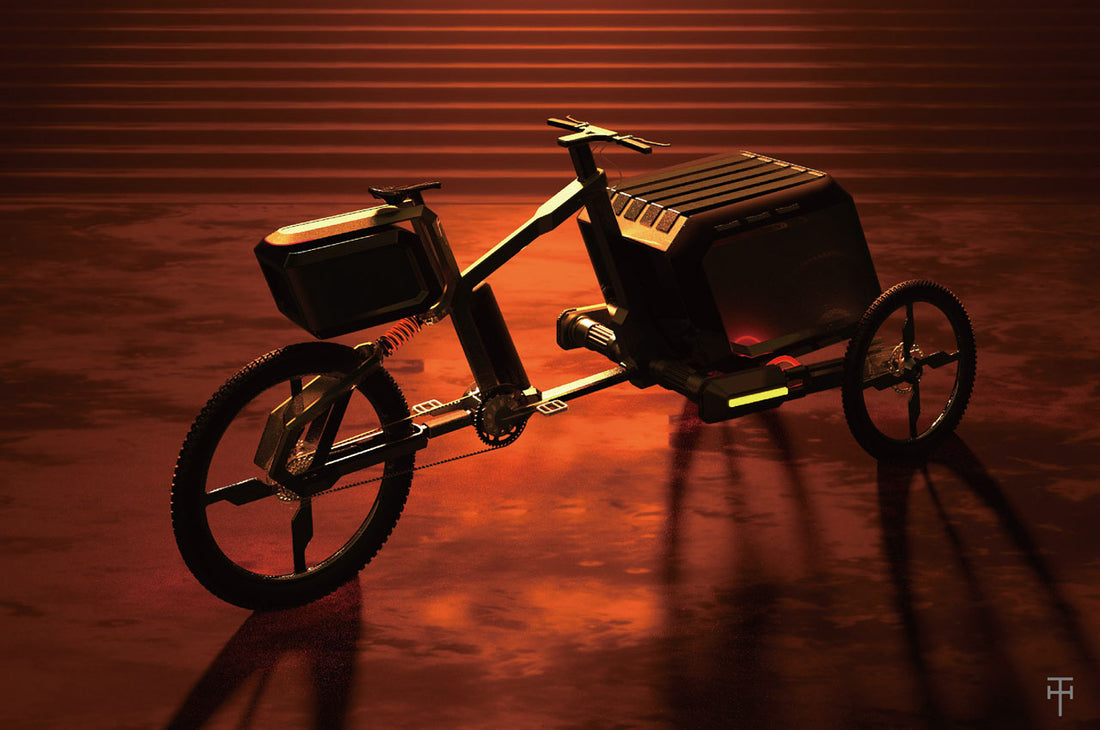What are the likely trends for Cargo ebikes from 2023 and beyond?
Cargo electric bikes have been gaining popularity in recent years as they offer an eco-friendly alternative to traditional delivery vehicles and provide many other lifestyle benefits. In today’s current economic climate, they can also offer a cheaper alternative to owning a second car or at least reducing car usage. Let's look at some of the likely trends for cargo electric bikes in 2023 and beyond.
Lower-weight long-tail cargo ebikes
Firstly, there is a noticeable shift towards lower-weight e-bikes, such as the Vello model. This is because they provide greater manoeuvrability, allowing riders to navigate through busy city streets with ease. Additionally, as low-weight e-bikes become more popular, we can expect to see more advancements in battery technology and lightweight materials to further reduce cargo bikes’ weight.

The Vello Sub
The Vello Sub uses a lightweight chromium molybdenum frame coupled with a clever frame design to ensure the bike weight is kept to a minimum. Along with Bosch batteries and Bosch GEN4 mid-drive motor, this bike comes in at a lean 24kg. This is an exceptionally low weight for a longtail cargo ebike which typically weigh anywhere between 30-40kg. The Vello Sub will be available to the market in September 2023.
As Cargo ebikes become more versatile and use moves away from the traditional people carrier function we may see more lightweight long-tail options emerge. Given the high price point frame, materials, and motor brands may change but a lighter long-tail cargo ebike will definitely be embraced by this market segment and could forever change the cargo ebike rider demographics. Smaller riders will much prefer the lighter weight and given the insane 250km range quoted this could become a long-range option for higher-end delivery riders.
Improved ebike security
Bike theft is a major issue, particularly for delivery bikes that can be attractive targets for thieves, so it is no surprise that the industry is investing in improved bike security options. One example is the use of GPS tracking devices which can help locate stolen bikes, potentially deterring thieves. Manufacturers are also developing more sophisticated bike locks and alarm options but in truth, more innovation is needed in this area. Options, unfortunately, remain limited.
Bosch now has a standard ebike alarm and connect module fitted with their cargo ebikes. The alarm system is fitted via the eBike flow app with your smartphone operating as the digital key. Any movement near the bike will trigger an alarm signal (a short beep). If movement is more significant you will receive an alert on your mobile phone and tracking will automatically kick in. This is not available on all models but is likely just the beginning of innovation in this area especially for cargo ebikes which can often contain luggage and personal items.
For most cargo ebike owner’s however high-tech alarm systems are not available. Tracking can be done via AirTag or other tracking devices in conjunction with at least one high-quality bike lock. There are third-party affordable security alarm systems available for as little as $20-100. In terms of bike locks ABUS, Krytonite, Oxford Alarm-D are amongst the market leaders.
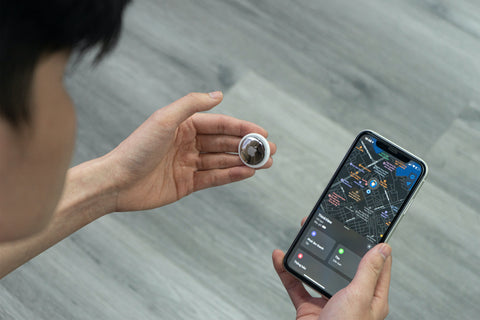
Increased weight capacity
Another trend is an increase in bike weight capacity. As demand for cargo bikes grows, we can expect to see manufacturers designing bikes that can carry heavier loads safely and comfortably. These bikes will need to be durable and have improved suspension systems and power to support the weight.
This may be counter to the drive for lower weight, but we will likely see cargo max weight capacities lifting from 150kg to a 200kg standard for long-tail cargo ebikes. There will always be a trade-off between weight and weight capacity so you may see sub-categories emerge and become more defined as the market becomes more mature and manufacturers focus on preferred cargo models.

Extreme cargo carrier options may move into an all-new category and be targeted at commercial applications. Companies like Mubea are a great example of this. Not so much electric bike but electric vehicles but who knows if they may combine pedal-power in the future?

More innovative and functional cargo accessories
Design is becoming more sophisticated with a growing focus on versatility. Many models offer multiple storage options and greater user functionality. With more and more people relying on their bikes for work and commuting, having ample storage space is essential. Many manufacturers are developing cargo bikes with larger carrying capacities and customisable storage solutions, such as racks, panniers, and baskets.
One of the frustrations of using a cargo ebike is having to refit accessories when your function requirements change. With more thoughtful design cargo requirements can be altered easily without the need to remove componentry thus saving time and energy. A good example of this is the Flyer Kid & Cargo carrier which doubles up as a monkey bar and carrier basket.
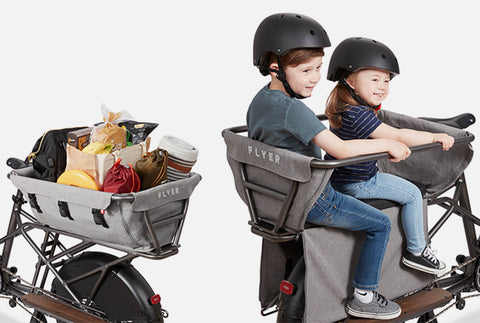
In the last 2 years, we have seen a huge leap in cargo bike accessory designs. Previously manufacturers only thought about cargo baskets and monkey bars as an afterthought. Even lower-end manufacturers now see the importance of good functional design in cargo ebike manufacturing. Lack of function and versatility can quickly start impacting future sales as other companies now start to design in this underrepresented market.
We are also seeing more attention given to the importance of safety. When young children are involved, this is a smart and necessary move. Frame colours are bright, child bike seats attachments are integrated into the rear seat design and monkey bars provide an additional barrier of protection. Additionally, brakes are moving away from mechanical to hydraulic with higher end even offering piston brakes for increased stopping power.
Improved motor design
Improved motor power or torque is another trend, enabling riders to easily tackle hills and long-distance routes. The move away from throttle-assist due to laws targeting e-bikes with this feature is also likely to happen. Instead, we can expect to see more developments in motor assistance systems that offer improved torque and speed, making cycling easier for all riders.
The key to motor design is reducing the weight of the motor and increasing the torque for smaller-capacity motors. In Australia, we have a 250W limit which means many hub motors may struggle to generate enough torque for a safe take-off. This is even more noticeable when a bike has up to 200kg of cargo loaded onboard. Using a throttle-assist take-off can overcome this problem or shifting to a higher pedal assist setting. The issue can be the delay in the motor assist kicking in, so riders need to maintain balance until the extra power boost kicks in.
A lot of the talk about improved motor design has come from Bosch. For 2023 the cargo mode has a new hill hold assist feature. This is a step up from the walk assist mode which many ebikes now have even in the lower end of the market. This will work for 10 seconds without having to use the brakes.
For Cargo Line and Cargo Mode Bosch motors the features are impressive. 85Nm of torque is hard to match and offers ample acceleration for any type of ebike. The weight is on the lower end at a very light 2.9kg. Bosch in general continues to lead the way for motor innovation but there is some interesting innovations for the often-forgotten hub motors.
Mahle has designed the X20 which is an ultra-light 3.2kg hub motor. Not only is it super light but it also makes it much easier to remove from the rear wheel. Why is that so important? If you have ever tried to remove a hub motor, it is generally beyond most DIY bike mechanics and can be time-consuming and frustrating. If this design can herald a move for manufacturers to think more about design and make hub motors easier to remove this will be a major step forward.

Improved tyre options
Another trend is improving tyre options with bikes that look to higher-end manufacturers with puncture-resistant technology. These tyres are less prone to punctures, which means less downtime for riders and reduced maintenance costs for bike providers. We can also expect to see improvements in bike stand design, making it easier for delivery riders to load and unload heavy packages.
Michelin has developed airless tyres for ecargo trikes which they claim offer the following advantages over traditional tyres:
- Reduced downtime (dealing with flats)
- Improved safety and stability
- Potential for increased carrying capacity
- No tyre maintenance
- Efficient changeability – fewer parts and problems
- Improved end-of-life recyclability
- Improved tyre wear
Tyre development for cargo bike’s specifically has not been a focus for many tyre manufacturers until recently. We are seeing more options for cargo ebike models but in terms of innovation not too much. Tannus however are stepping up and are set to unveil a new airless cargo tyre at the Taipei Cycle show in 2023:
“Designed to serve the e-bike and cargo bike market, the Tannus Cargo Airless offers puncture protection, so riders don’t have to deal with the hassle of repairing heavy e-bikes on the spot. “
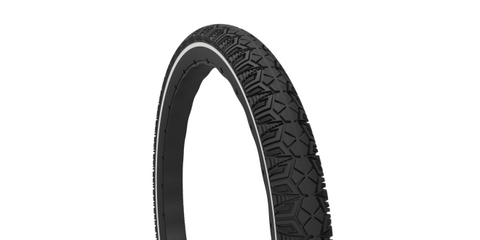
Improved bike apps
Finally, the rise of bike apps is another trend, offering riders a wealth of information about their cargo bike, including battery status, range, and performance. These apps can also be used to access route planning, maintenance tips, and real-time bike tracking. As the cargo bike market continues to grow, we can expect to see many more innovative bike apps that offer riders enhanced functionality and a seamless user experience.
There are general bike apps that are more targeted to cyclists to map speed, distance and navigation. In the future, we will see more and more companies offering their own specific apps to enhance the rider experience. This may be centred around security (like Bosch) or may look to replace the display with the rider’s own smartphone.
Already Cowboy and VanMoof are looking for smartphones to replace the display, this would open up a wealth of opportunities by utilising other apps available through the mobile phone. The key target areas of current bike apps are:
- Bike Control – customised settings
- Bike maintenance – reminders for repairs (this also adds a level of safety to the rider)
- Theft protection – GPS tracking and reminders when someone moves your bike
- Personal safety – Safety features to call for help in an emergency without human involvement
- User experience – Navigation, points of interest (standard stuff most cars have built-in)
- Finding a charge station – Avoid the dreaded dead battery
- Fitness and health – Training data, calories burned, motivation
- Community – Share routes, meet up with other ebike riders
- Tuning up – bypassing max speed limits for off-road riding (this does come with risks in terms of voiding warranty and not meeting current legal requirements)
There are many apps currently on the market firstly for motor manufacturers: Bosch, Shimano, Brose, Mahle, Bafang. Ebike manufacturers: Giant, Specialized, VanMoof and many others.
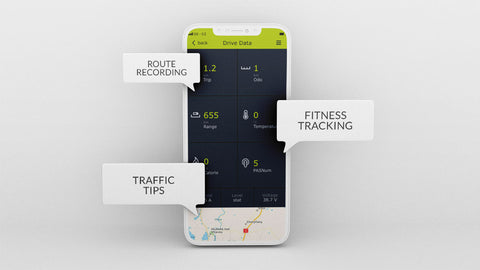
Overall, there are many exciting trends to look out for in the cargo e-bike market in 2023 and beyond, from improved security and storage solutions to advancements in motor technology and tyre design. As demand for eco-friendly and sustainable delivery options continues to increase, the cargo e-bike market looks set to thrive.
The future is bright and the future is definitely electric cargo!

